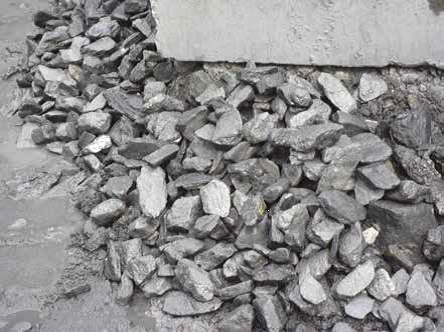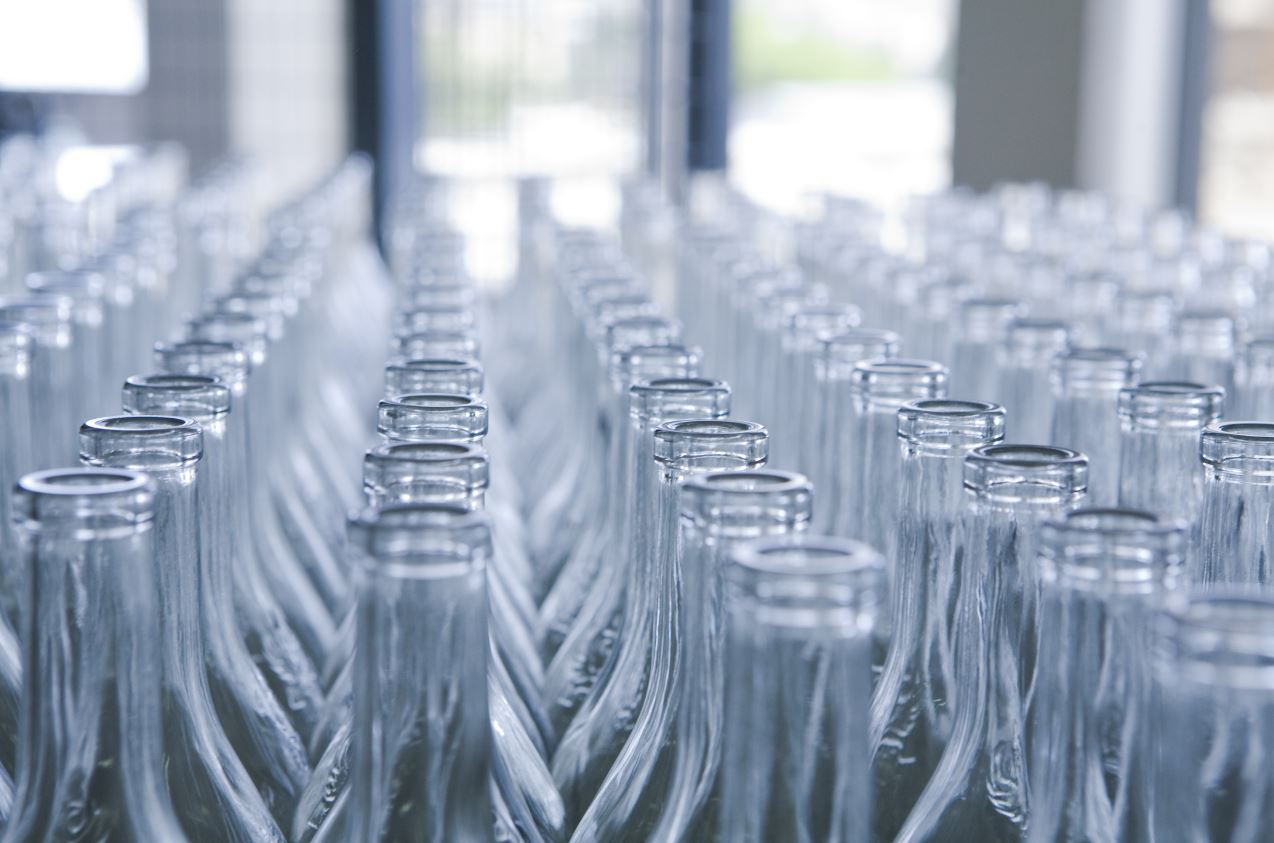Consuming better and differently is the aim of France’s law against waste and for a circular economy, which was passed unanimously by the National Assembly and Senate in February 2020, demonstrating the momentum behind these issues. Now, any significant demolition or renovation work requires a diagnosis of materials and waste management, with a view to reusing, or failing that, recovering them. To support this circular economy and waste reduction drive, setec has developed a range of complementary skills. Reducing the environmental impact, anticipating reuse before the start of projects, managing demolition and excavation waste, finding the best channels or opportunities for recovering materials, and providing decision-making support on these issues are all ways our engineers contribute.
For example, in 2020, a Europengineers design sprint on reuse took place at setec‘s headquarters. The aim was to find solutions for reusing structural materials from the Thales plant in Guyancourt designed by Renzo Piano in 1988, without downgrading them, and to identify the difficulties involved in reusing its 400 tons of steel.
Lyon–Turin rail link: transforming excavation waste into aggregate concrete The future Lyon-Turin rail link requires the construction of a 57.5 km base tunnel, 24 km of which are located in France. As the leader of the design and construction consortium assigned to Work Package 2, setec is involved in several aspects, including the transformation of excavation waste into aggregate concrete for use in the tunnel. Identified as a priority by the project owner, this approach offers two ecological benefits by considerably limiting the transportation and storage of heavy materials during the 10-year construction phase and avoiding the depletion of natural resources with the opening or extension of aggregate quarries. Achieving this goal will require an excellent understanding of the characteristics of the excavated materials to optimize the volumes recovered, while guaranteeing the quality and durability of the concrete.
For Work Package 2, 2.7 Mt of aggregate concrete are required, representing more than 25% of the excavated waste. setec’s high-level engineering combined with its laboratory resources and experience in circular economy opportunities for construction waste has enabled it to win the client’s trust on this important challenge.

© lerm
A new reuse business focusing on glass household packaging, involving six French departments setec was approached by Rebooteille, a Lyon-based association offering beverage manufacturers a turnkey solution for the local reuse of their glass packaging. Rebooteille set up a partnership with two other associations (Reverrecible and La Balle – Consigne Savoie Mont-Blanc) to develop a glass deposit-return system in six departments in Auvergne- Rhône-Alpes (Loire, Rhône, Ain, Isère, Savoie and Haute-Savoie). This project presents many challenges, starting with the need to develop a network of member producers, standardize packaging and pool flows to optimize every step involved in collecting, transporting and washing the used bottles. The environmental benefits of this kind of local reuse business are numerous and highlighted by the French environmental and energy management agency, ADEME, as a priority in the national waste prevention program.
setec‘s role was to determine the feasibility of this new activity through several scenarios, specifying the technical aspects and carrying out an economic and environmental assessment with a 10-year forecast. To this end, the group mapped all the relevant information and conducted a multi-criteria analysis to identify the best scenario. Presented successfully to ADEME, this first experience will certainly not be the last!

Promenade Jane et Paulette Nardal in Paris: a sustainable eco-showcase Inaugurated in 2019 on the site of the former Broussais hospital in Paris’s 14th arrondissement, Promenade Jane and Paulette Nardal is part of the major Porte de Vanves urban regeneration project. A participative approach resulted in an innovative program with an emphasis on recovered materials. Launched in 2010 as a way to connect the district, the project quickly focused on creating a paved garden above the Petite Ceinture, a disused circular railway. The 600-meter planted walkway now houses planted areas, playgrounds, sports facilities, fire lanes and bicycle paths, all on one hectare of land, accessible to anyone, including the blind. It was built with sustainable materials, providing residents with quality facilities and demonstrating the technical and aesthetic potential of recovered materials. Promoting reuse, this project serves as a showcase for sustainability and innovation. Paving slabs and stones from Paris’s municipal recycling centers were reused for the floor and dry-stone walls.
The embankments under the walkway were made from recycled glass, trees were preserved where possible and the surfaces were designed for rainwater to drain into the ground. In charge of design and construction supervision from the diagnosis stage to final delivery, setec handled surveys for the design, civil engineering, earthworks and external works alongside Atelier NOUS, which led the consultation and provided urban and landscape design.
Designer: Atelier NOUS Project owner: City of Paris THE WALKWAY IN NUMBERS
- 17,200 m2 walkway
- 564m2 vegetable garden
- 8,097 m2 permeable mineral surface to preserve the local green infrastructure
- 240,000 reused paving stones
- 2,000 m2 of backfill made from recycled materials